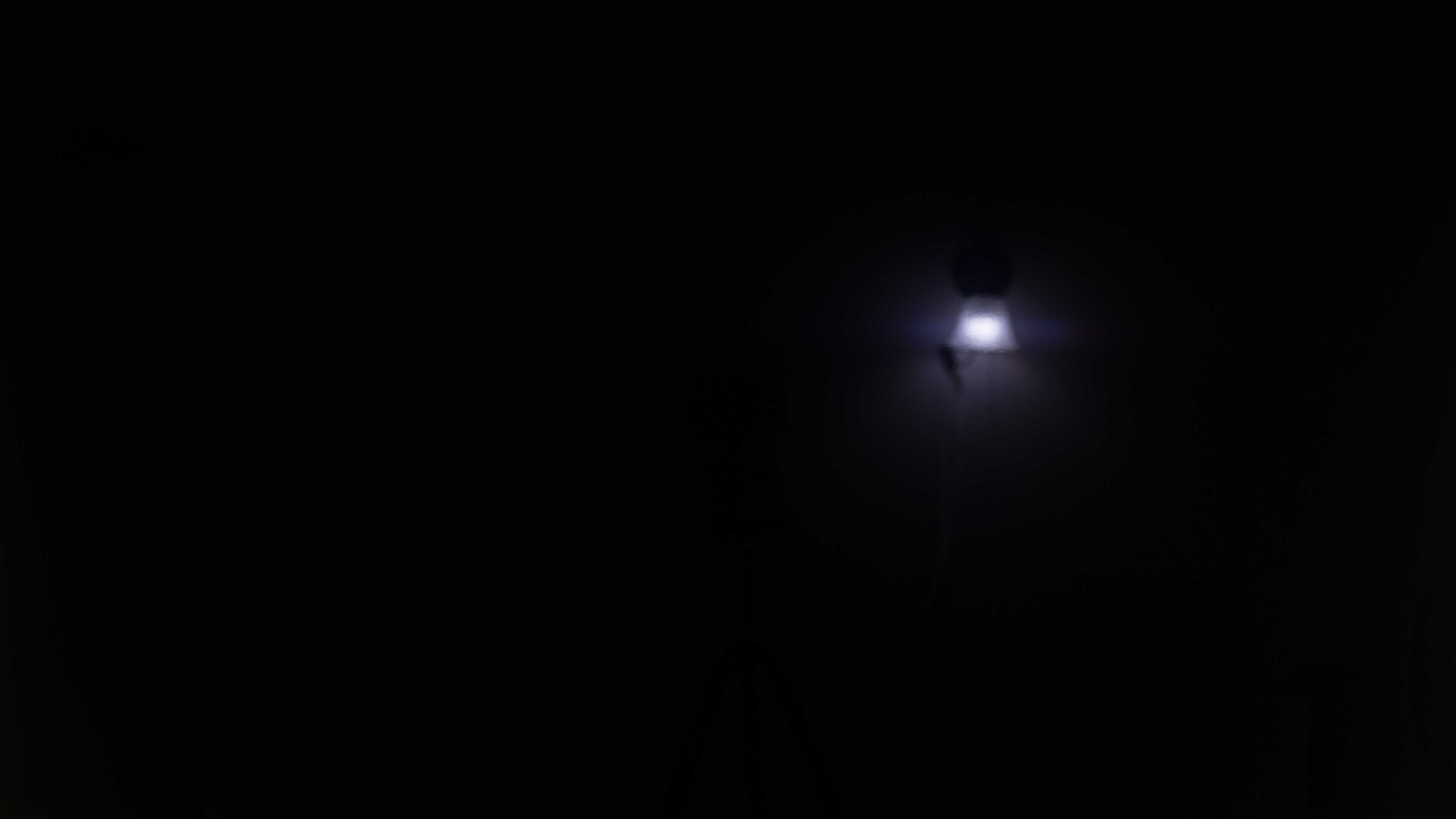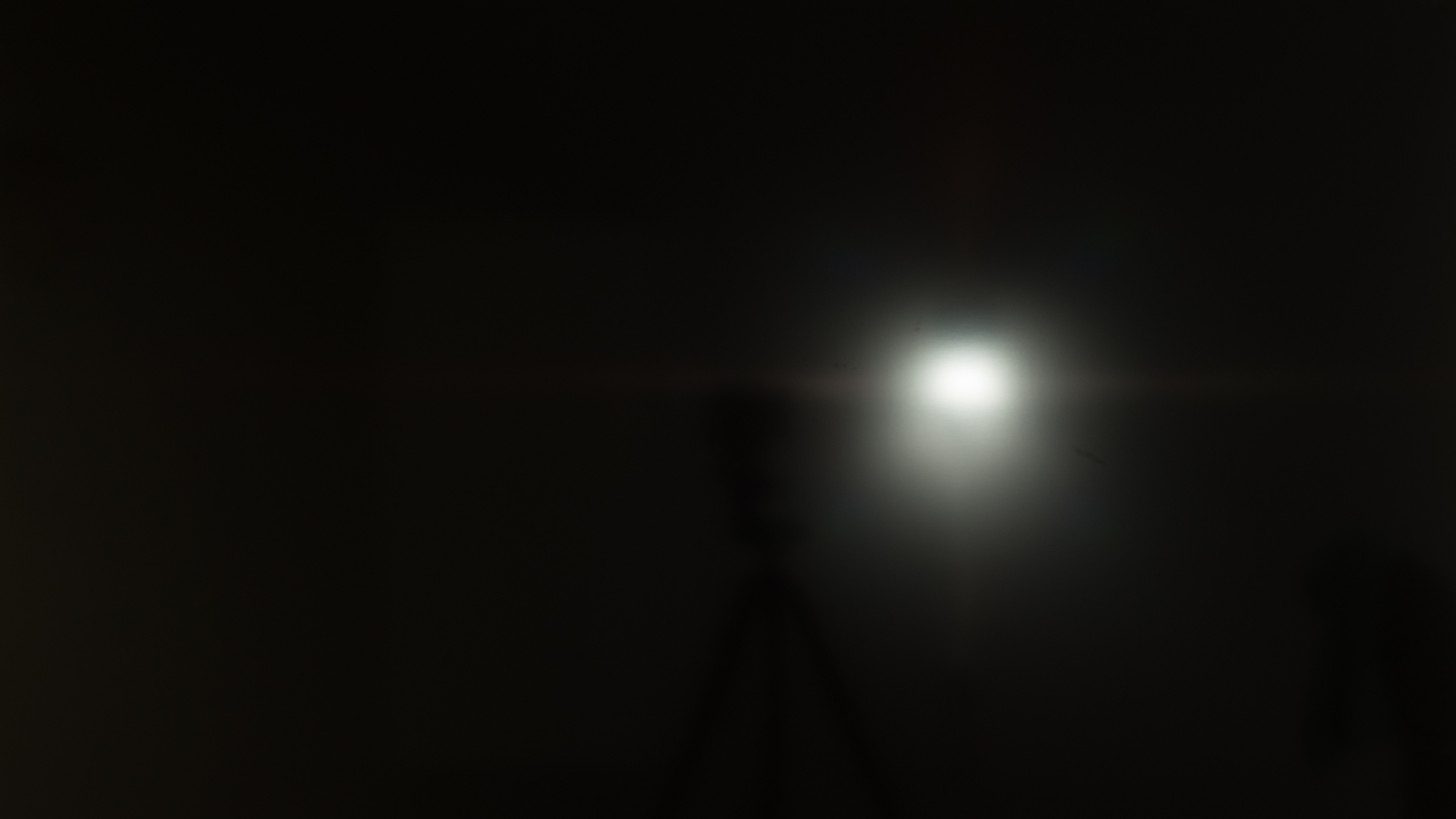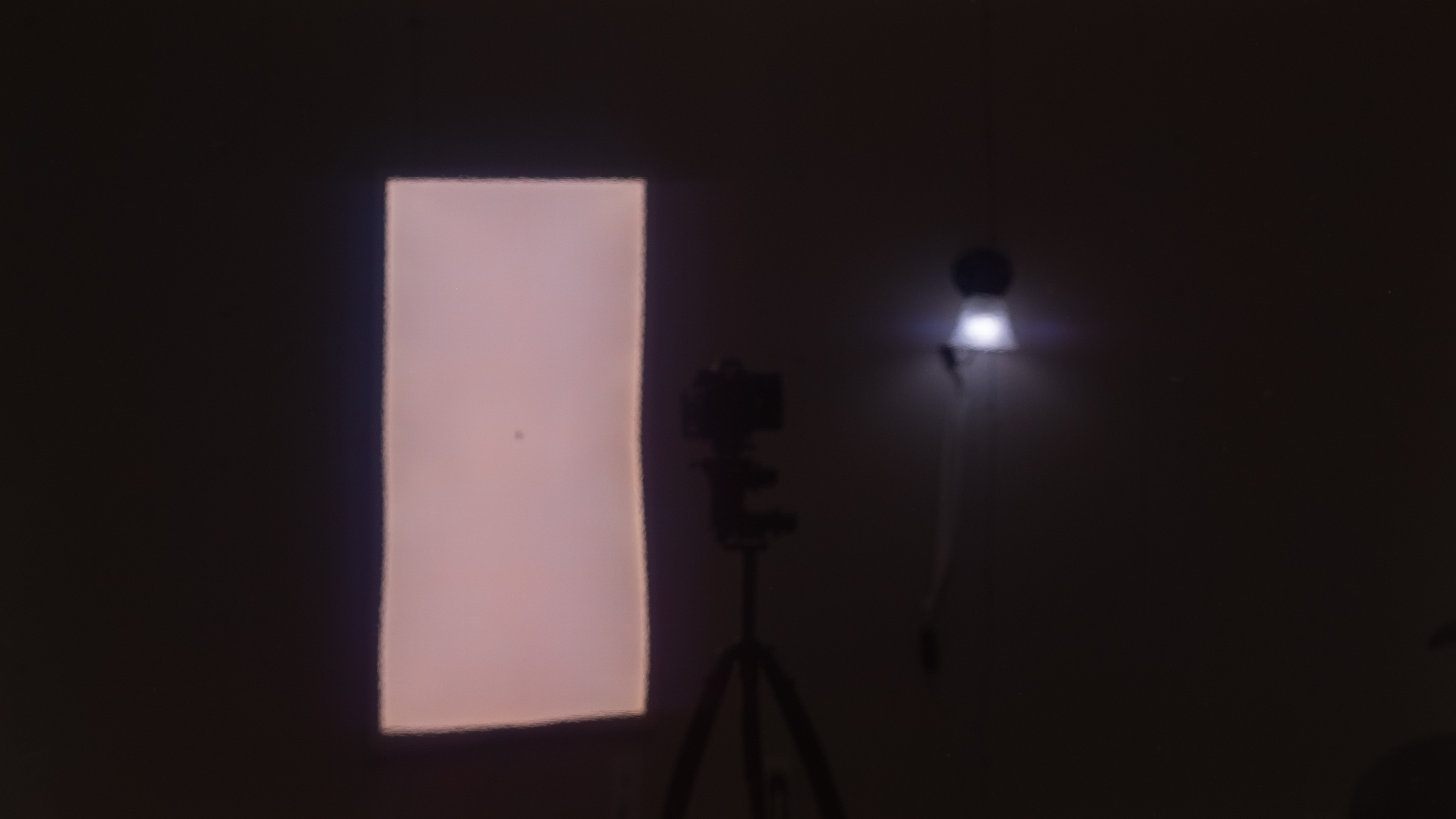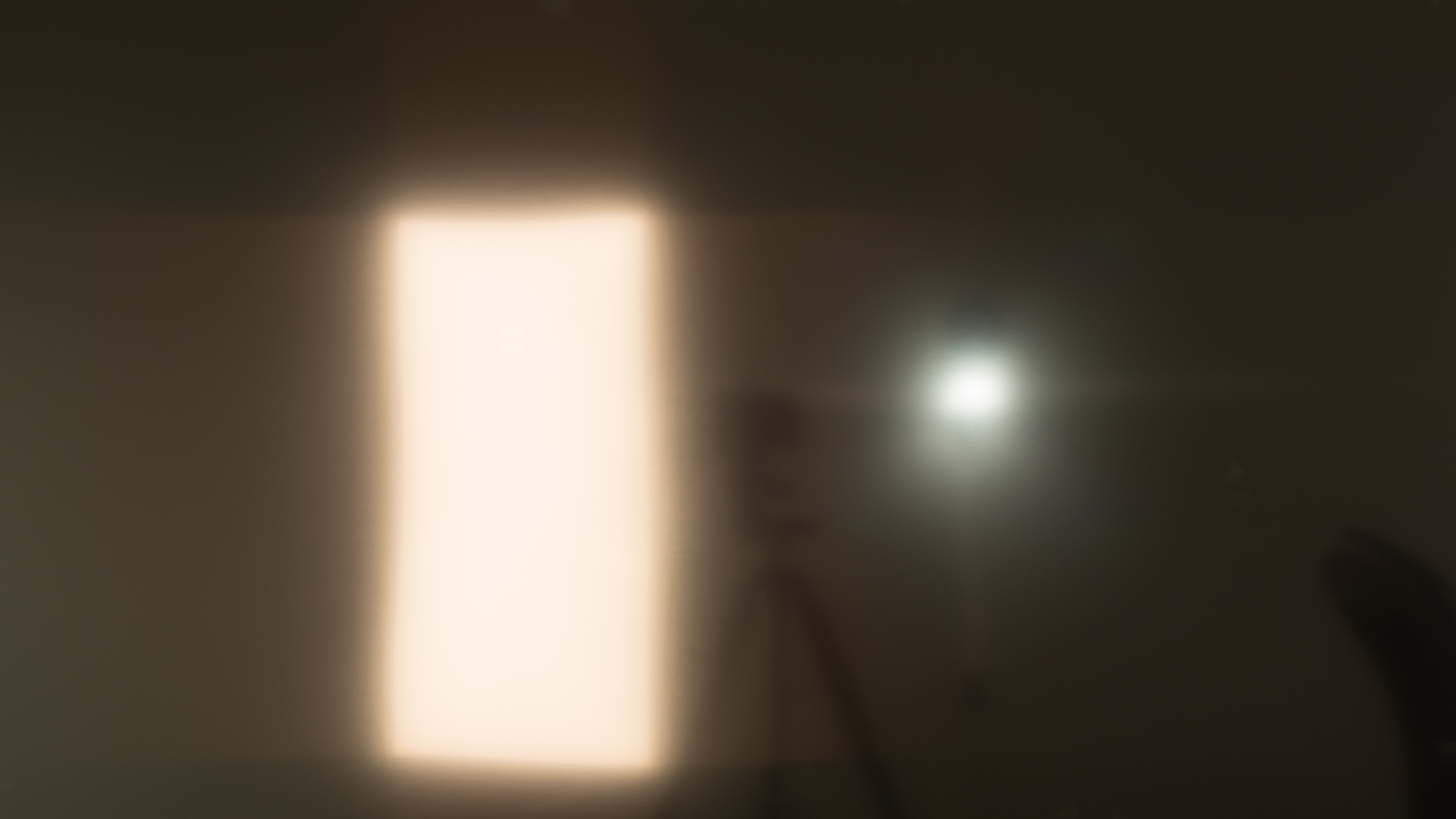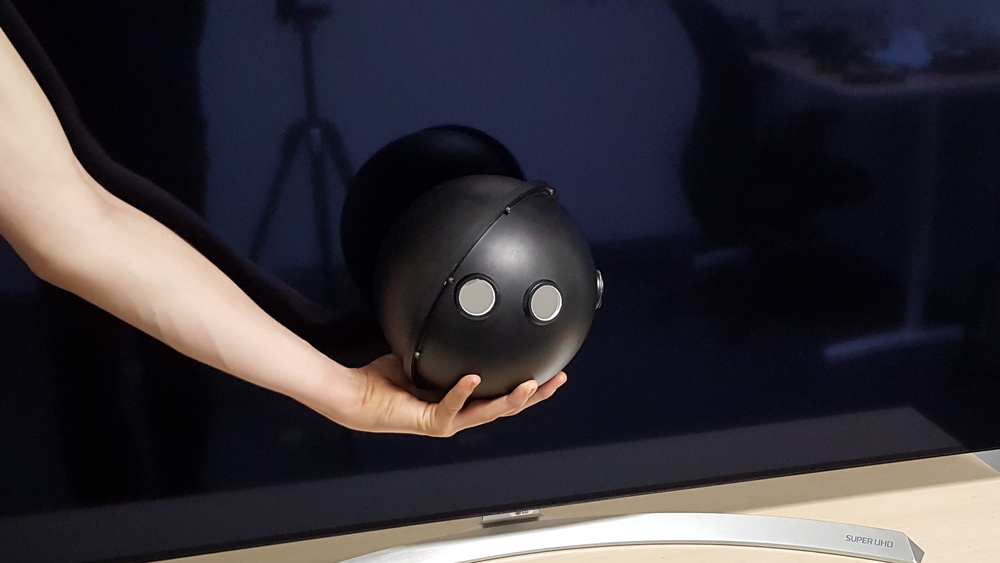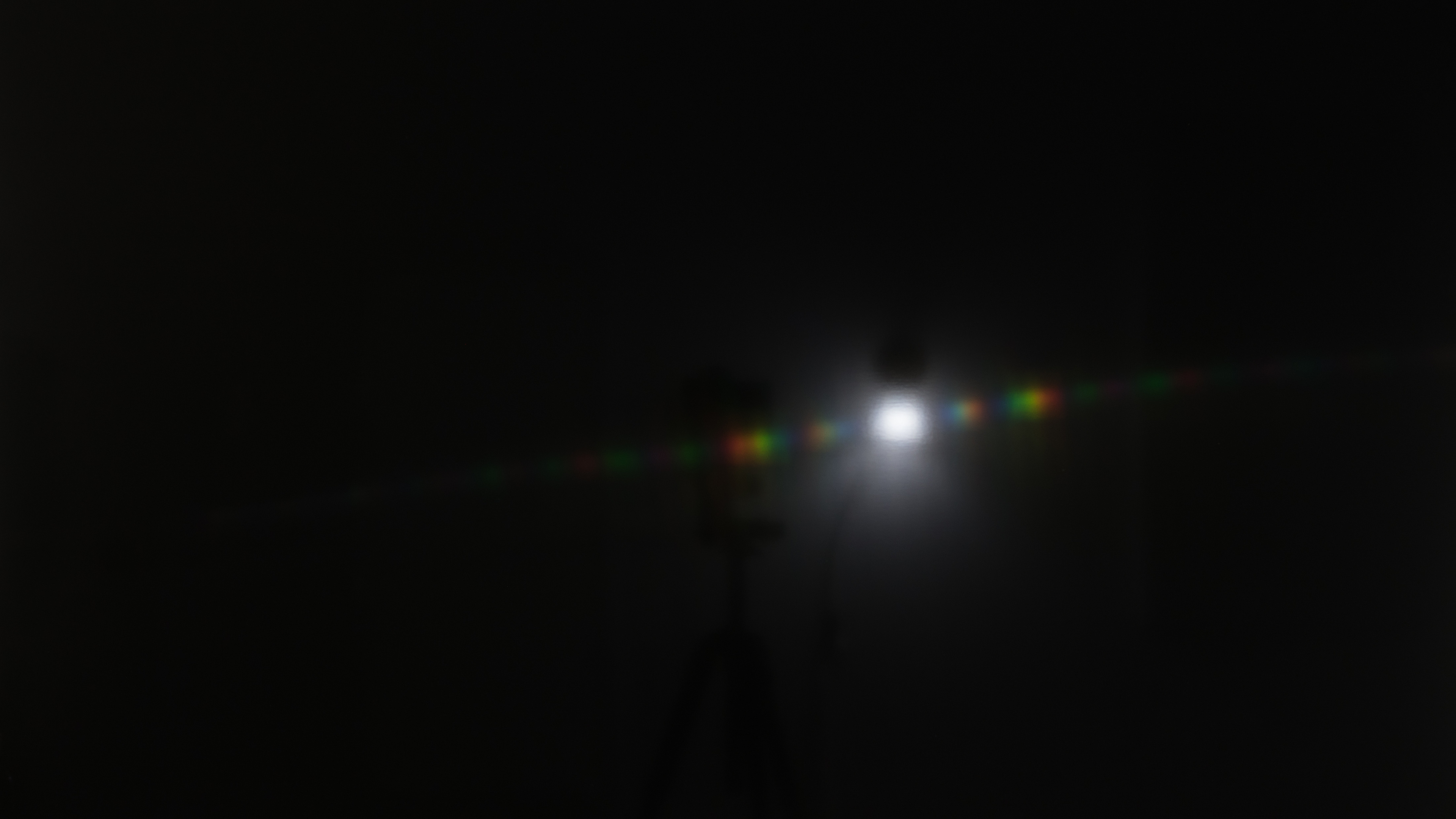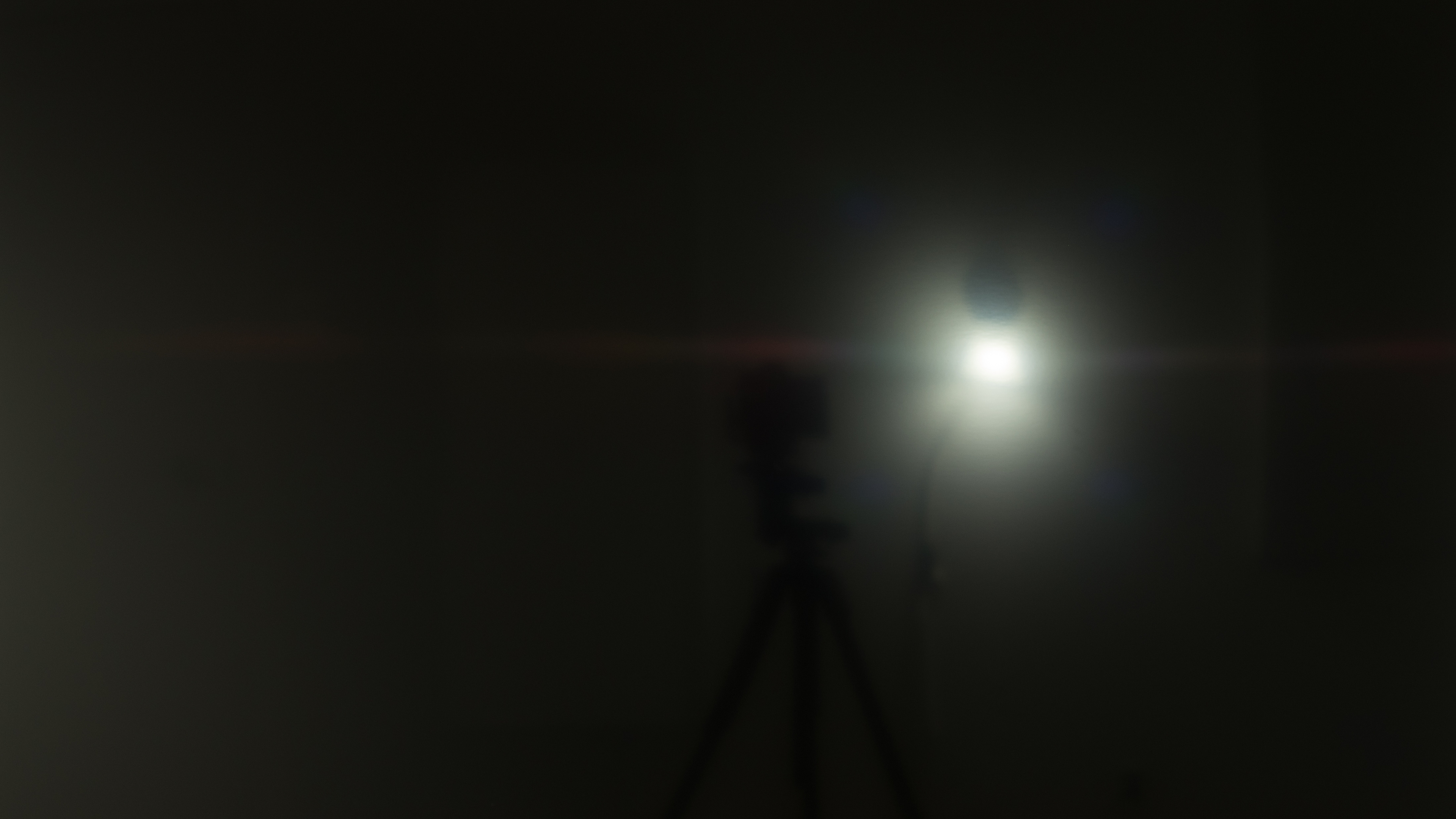- Table of Contents
- Intro
- When It Matters
- Our Tests
- Additional Information
- How To Get The Best Results
- Conclusion
- Comments
Reflections on TVs
Glossy and Semi-Gloss Finishes
- 8.0% Total Reflections
- 1.0% Indirect Reflections
- 3.0% Calculated Direct Reflections
If you watch TV in a well-lit room, especially if it's a room with large windows, then you know how distracting reflections from the screen can get. If that's the case, it's important to get a TV that has good reflection handling and high peak brightness; otherwise, it may be hard to see the screen properly. Screens on TVs are designed to absorb and reflect light in different ways, and the material used for the screen finish has an impact on the way it handles light.
We test for a TV's reflection handling using objective methods to determine how much light it absorbs and reflects. You can read about reflection handling on monitors here.
Test results
When It Matters
If you tend to watch TV during the day or if you simply have a lot of lights in your room, then the way the TV reflects light should be important to you. Too many reflections can get distracting, and it may even be hard to see the image if your TV doesn't get very bright. Keep in mind that all TVs reflect some amount of light, so you won't be able to totally avoid reflections if you watch TV in a bright room.
Our Tests
When there's light shining on a display, most of the light gets absorbed by the screen, while the rest is reflected back. We want to know how much of that light is absorbed and how much is reflected. Also, not all light is reflected the same way; some light comes straight back to the source, like a mirror, while other light is scattered across the screen.
For our TV reflections test, we take three photos: one with a moderate amount of light and the TV turned on, another with the same amount of light and the TV turned off, and a last picture with the TV turned off and a lot of light on it. We then measure the total amount of light reflected by the TV as a percentage of the luminance of the light source, and we measure how much of that light is diffused across the screen. The final Reflections score comes from the scientific measurements and not the pictures we take, which are there so you can visually see how good the reflection handling is. We also verify the type of screen finish that is used on the TV.
Picture (Average Room, On)
Our first picture captures the amount of reflection that you would see with light sources of moderate strength shining on the TV. We use a small lamp as the light source in this test. The TVs use our regular calibration settings for this photo, meaning they’re set for a dark room environment. However, you can always set your TV to the 'Bright Room' or 'Vivid' settings, but this may cause a loss in image accuracy. Setting the backlight to the max is the best way to combat glare without affecting the picture quality.
For the purpose of this article, we're going to compare a TV with outstanding reflection handling (Vizio OLED 2020) and one with okay reflection handling (Samsung TU7000). As you can see, even a moderate amount of light can be distracting on the Samsung.
You can see our test image here.
Picture (Average Room, Off)
We take a second picture of the TV with the same configuration as the average room picture described above. This time the TV is powered off to better show reflection characteristics independent of the TV content, and to show how the TV appears in dark scenes.
Once again, the differences between the Vizio and Samsung are more noticeable here. You can even see the reflection of our camera on the Samsung, which you can't see on the Vizio.
Picture (Bright Room)
We take a third photo of the TV, this time with a much brighter light source opposite the TV to replicate what a window would look like. This test is meant to simulate the kind of reflections you might experience in a bright room with a window shining on the TV. If that’s a concern for your current setup, this test is pretty important.
Between the Vizio and Samsung, the reflections are pretty noticeable, which is why it's always best to avoid placing your TV opposite a window. However, the reflections are a lot more visible and distracting on the Samsung.
Total Reflections
When light hits the screen, it does one of three things: it's either absorbed by the screen, reflected directly back (like a mirror), or scattered across the screen. Our total reflection tests help tell you how much light is doing each of those three things. The large majority of light is absorbed by the screen, and the rest is reflected or scattered.
To measure the amount of light a TV reflects, we power off the TV in a dark room and use an integrating sphere with a lamp to light up a portion of the screen uniformly. We use a Konica Minolta LS-100 Luminance Meter to measure how much light is coming from our source, which is the lamp, then how much light is being reflected and scattered off the screen. We then note the reflection's brightness as a percentage of that of the source. For example, if a TV has a total reflections result of 3%, that means it absorbs 97% of light.
Indirect Reflections
Our indirect reflection test results tell you the actual amount of light being scattered across the screen, ignoring mirror-like reflections. This helps categorize TVs for how they perform in a bright room, without lots of glare.
The measurement methodology is the same as the total reflection described above. However, the sphere is rotated so there's an open port that allows the reflected light to escape. This causes all mirror-like reflections to be ignored, and only scattered reflections are measured by the luminance meter. We measure the luminance inside of the sphere and calculate the indirect reflection brightness as a percentage of the source. If we measure indirect reflections as 1%, that means 99% of light is being absorbed or reflected like a mirror.
Calculated Direct Reflections
Direct reflections are mirror-like and cause light to reflect directly back to the source. If you stand in front of your TV and notice that you can see yourself, almost like in a mirror, then it reflects most of the light. Calculating for this is easy. We simply subtract the indirect reflections from the total reflections to give us a percentage of the direct reflections. If a TV has 3% total reflections and 1% indirect reflections, then the direct reflections make up 2%.
Screen finish
Our screen finish test verifies what kind of finish is used on the screen. There are two main types of screen finishes, and each presents its own advantages and disadvantages. Glossy finishes absorb more light, but have more direct, mirror-like reflections, while reflections on semi-gloss screens are stronger, but look a bit hazier. Depending on your needs, one finish can be better than the other; we recommend a glossy finish for people who only have a few light sources around their TV and a semi-gloss finish for people who have a light source that shines directly on the screen.
There are two ways to verify this. First, you can tell based on how much light is reflected. If a TV's total reflections are less than 2%, it has a glossy screen finish, and over 2% means it has a semi-gloss finish. Since glossy finishes result in more direct reflections, it can also be easy to see that it has a glossy finish just by looking at it.
There's a third type of screen finish that's used more on monitors and not TVs: matte. This finish diffuses more light than glossy and semi-gloss finishes, and there are minimal direct reflections. However, the screen isn't as clear with this type of finish, which is why most TV manufacturers don't use it. Semi-gloss screens are a mixture of glossy and matte, hence the name.
Below you can see the three types of finishes, including a matte screen from a monitor review for reference. You can see that the semi-gloss finish looks like a perfect mix between glossy and matte.
Additional Information
Reflections & picture quality
Reflected light changes the appearance of the light generated by the TV itself, which changes how you perceive the colors, and it can also wash out some of the details. As a rule, the more light there is in the room with your TV, the brighter the backlight should be. This allows the TV to somewhat outcompete the other light sources, helping to retain intended image accuracy and let you enjoy details in the image that might otherwise be washed out.
Glossy screens, matte screens & contrast
Glossy screen finishes reflect less light overall than other screen finishes. As there's less light reflected, the picture quality isn't affected as much as semi-gloss screens. The perceived contrast ratio remains the same as blacks still appear deep and inky. Contrast is one of the most important elements of picture quality, so it's safe to say that, overall, glossy screen finishes offer the best picture quality of any screen finish. This is also why matte screens are no longer around. The perceivable depth of blacks isn't as great with matte, and so in that regard, the picture quality looks worse than it does with semi-gloss or glossy screens.
However, because glossy screens have the most direct reflections, almost like a mirror, it's best to get a TV with a semi-gloss finish if you have a room with a lot of light sources. This causes light to scatter across the screen, and the reflections may not be as distracting. Most high-end models have a glossy finish, so that means that if you really want a semi-gloss finish, high-end models won't be the best fit.
How To Get The Best Results
The best way to reduce the appearance of reflections on your TV is to position the TV somewhere where there's no light shining directly onto the screen. You should also raise the backlight or OLED setting to the level that looks best in your space. Having a TV with high SDR brightness helps combat glare, so if you're in a well-lit room, it's beneficial to get a TV with high peak brightness and good reflection handling.
Related settings
- Backlight/OLED light: Controls the luminance of the TV screen. If you want a TV that looks good in a bright room, you should get a TV with a backlight that can get very bright. Increasing the backlight setting doesn't affect picture quality.
- Brightness: Some higher-end TVs include an option to make an image’s highlights extra bright. This won’t be so useful for regular footage but is important for HDR content. However, raising the brightness level can also affect the picture quality, so we only suggest increasing the backlight in a bright room setting.
Conclusion
Unless you constantly watch TV at night or in dark rooms, you'll likely be watching TV with a few light sources around. Although it's best to avoid placing your TV directly opposite sources of light, sometimes you can't avoid those situations and you need a TV with good reflection handling. We test reflection handling to see how well a screen handles bright light sources, and how it displaces light across the screen. The type of screen finish used also interacts with light in its unique way; glossy TVs absorb the most amount of light but also aren't suggested for rooms with direct light sources because they directly reflect the light, almost like a mirror. If you plan on placing your TV in a room with a lot of light sources or large windows, then you may benefit from a TV with a semi-gloss finish, and above all, it's important to get one with high peak brightness, enough to combat glare.


